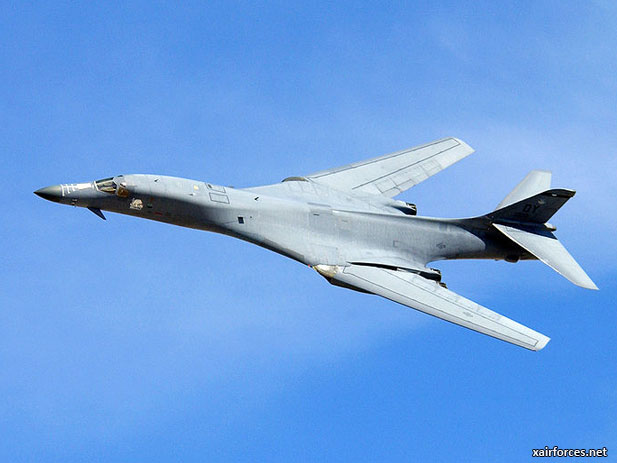
Better Nuclear Bombs for a Safer World

Is the U.S. getting ready to wage the Cold War again? If one believes the critics, that’s the aim behind a planned $10 billion modernization of the B61 nuclear bomb, the backbone of the Pentagon’s tactical nuclear arsenal.
Actually, there are some other reasons for the upgrade: to reinforce global deterrence, to provide options against a range of future threats, and to make the U.S. stronger and safer. Achieving those goals is worth the money.
As wonderful as the idea of a world without nuclear weapons is, it isn’t going to be a reality any time soon. For now, the appropriate U.S. approach is to have the smallest arsenal possible, made up of weapons that will deter a weak rogue state -- think North Korea or Iran -- from developing a nuclear capability. Achieving this goal means working with Russia to get rid of as many intercontinental ballistic missiles as possible, while maintaining a small, but effective, core of tactical weapons that, with their limited fallout, could be used with great precision in combat.
The B61’s utility in this regard comes from its so-called dial-a-yield technology, meaning its explosive power can be set at a range of less than a kiloton to several hundred kilotons. (The bomb dropped on Hiroshima, Japan, in 1945 had a yield of about 15 kilotons.) No other nuclear device comes close in terms of flexibility of reach, power and exactitude.
While actual data are classified, it is believed that the military has about 1,000 active B61s, many held at bases in Europe, of which 400 or so will be refurbished. The 11.5-foot, 700-pound armament can be carried by bombers, such as the B-1 and B-52, and fighters, such as the F-15, the F/A-18 Hornet, some NATO aircraft and (most likely) Lockheed Martin Corp. (LM)’s next-generation F-35.
What needs improving? One weapons manager told the Washington Post that the entire arsenal was built with less computational power than that of an iPhone. Engineers have resorted to scouring EBay to replace circuits and vacuum tubes to keep the bombs operational. The first stage of proposed modernization will be to give the bomb a new tail kit similar to that of up-to-date precision-guided missiles, for which Boeing Co. (BA) received a $178 million contract in November. The entire upgrade -- in which the four current variations of the B61 will be morphed into a single, maximally flexible bomb -- will take three years.
Opponents of the program, mostly well-meaning but misguided arms-control advocates, have taken two lines of attack. One is to point out that most B61s are deployed in Europe -- even though the Soviet threat disappeared long ago. Two responses: First, the North Atlantic Treaty Organization allies’ involvement in their own nuclear defense binds together a vital organization in an era of increasingly fragile ties. Second, geography isn’t very relevant as the weapons can be moved around the globe quickly: A B61 in the bomb bay of a B-2 based in Missouri can quickly be a threat, and thus a deterrent, to North Korea and China.
Another criticism is that the program is a disingenuous workaround. Some say it’s not really a retrofit, but the creation of an entirely new weapon, and therefore a cheat on official U.S. policy, which states that life-extension programs “will not support new military missions or provide for new military capabilities.” Semantics can work both ways, we think: Yes, most of the components are newly designed and will help give the bomb new capabilities, but it is hardly an entirely new weapon.
And, while the price tag is high, the B61 project could make possible large-scale, money-saving reductions in high-yield warheads and intercontinental ballistic missiles. We think that strategic arsenal could quickly and easily be cut by more than half. In the universe of nuclear logic, the creation of a smaller, safer, less-powerful nuclear arsenal intended to stem the atomic ambitions of rogue nations, is pretty much the most sensible act of nonproliferation one could imagine.
Source: Bloomberg News - 26 December 2012
Photo: The U.S.Air Force B-1 Bomber Aircraft (Photo by files)
(26.12.2012)
|